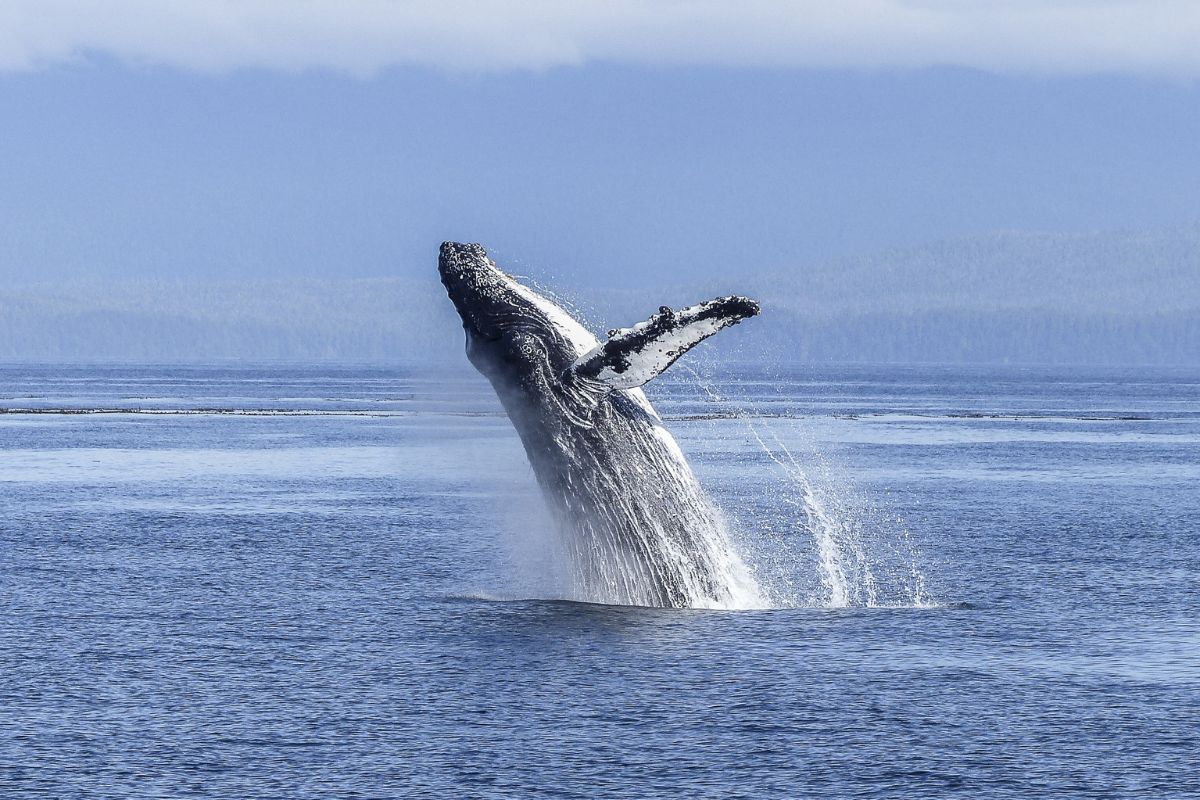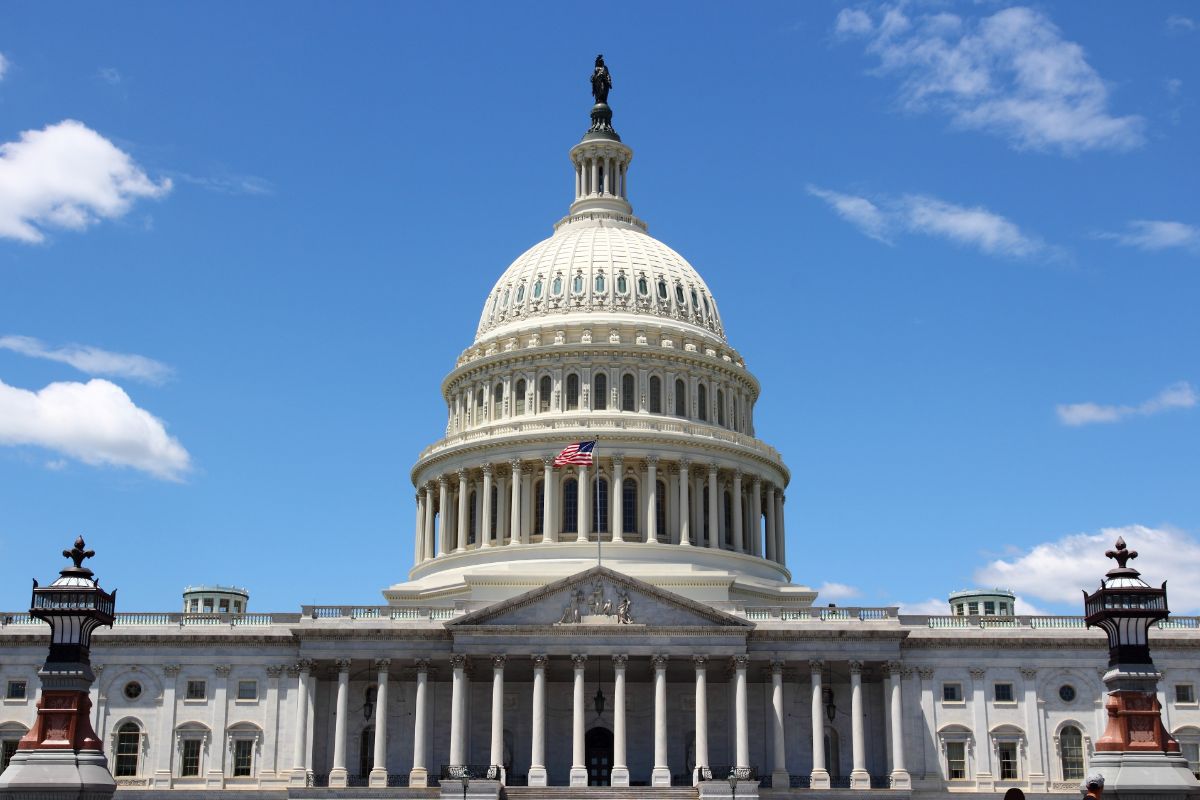Climate change is happening right now and the only way to reduce the negative impact it’s having on the environment is by reducing our carbon footprint.
And if you are wondering what President Biden is doing to help this, you have landed at the right place.

Something you may or may not have heard about is the Climate Action Plan.
But even if you have heard about it, understanding what it is and everything it entails can be confusing – especially when it comes to all the sciencey stuff!
This guide is here to help you out. We explain the Climate Action Plan and what the Climate Action Plan involves. For good measure, we also go over President Joe Biden’s views on climate change.
What Is The Climate Action Plan?
The Climate Action Plan (also known as the Obama Climate Action Plan and Presidential Climate Action Plan), or CAP for short, is an environmental plan in the U.S. to mitigate climate change through the reduction in carbon dioxide emissions.
Why? Carbon dioxide emissions in the atmosphere are damaging the ozone layer (thinning it out), which is causing the earth to feel the sun’s heat more than ever before.
This isn’t just resulting in a rise in global temperatures, but an increase in natural disasters.
In fact, it was President Barack Obama who initiated the Climate Action Plan in 2008. President Trump cancelled the initiative in 2017, until it was reinstated by President Biden in 2021.
Since its first inception in 2008, the Climate Action Plan has been continuously updated to accommodate the need to mitigate climate change.
U.S. Climate Action Plan – What It Entails
In 2013, the Climate Action Plan under President Barack Obama began regulating various industries, preparing the country for the effects of climate change, supporting conservation, and implementing more sources of renewable energy, including wind and solar energy.
Since 2021, the Climate Action Plan, now under President Joe Biden, has been updated and improved.
There are also more updated CAP initiatives within individual cities, such as the Chicago Climate Action Plan and San Diego Climate Action Plan.
In general, these state-led Climate Action Plans follow the same actions taken by President Obama—to cut greenhouse gas emissions overall—but with set targets and strategies to meet those targets within the specific time frame.
What Are Biden’s Views On Climate Change?

President Biden is an advocate of taking action against global warming, making his views known when he became Vice President under President Obama.
During his presidential campaign in 2020, he proposed implementing carbon tariffs to pressure China and other manufacturing countries to think about climate change, along with other climate change proposals.
Among his first actions as President, President Biden reversed the policies of President Trump to reinstate the Obama Climate Action Plan, as well as signed the United States back into the Paris Climate Agreement.
He also began making further policy changes to protect the environment and reduce greenhouse gas emissions, such as increasing the funding for energy efficiency, promoting walking and cycling, and cooperating with America’s Indigenous peoples on environmental issues.
He has also proposed various investments in renewable clean energy, as well other green energy projects.
Most recently, President Joe Biden has said that he wants to double offshore wind turbine energy by 2030, end deforestation and land degradation by 2030, achieve carbon-free power in the U.S. by 2035, as well as stop all emissions (achieve carbon neutrality) in the U.S. by 2050.
Environmental Policy In The United States
As of 2022, environmental policy in the United States covers many different areas to mitigate climate change, protect the environment (including wildlife), and enhance the country’s infrastructure to be more eco-friendly as well as better prepared for the negative environmental effects of global warming.
Policies include greater investments in renewable energy, replacing fossil fuel consumption with green energy, end and reverse deforestation, protect wildlife in the United States, transitioning to carbon-free transportation, cooperating with Indigenous peoples, and putting a stop to new oil and gas drilling.
Is the United States Environmentally Friendly?
So far, the United States is not considered an environmentally friendly country to live in.
The United States ranks far behind the world’s most eco-friendly countries, including Switzerland, France, and Denmark, with much catching up to do despite the recent efforts of President Biden to reduce carbon dioxide emissions overall.
The reasons for this are that sustainable behaviour is not yet considered a common practice in the United States, with many companies that still put more importance on economic growth over sustainability.
Despite that, research shows that the U.S. is gradually becoming more environmentally friendly since the presidential inauguration of President Biden.
Which State Is The Most Environmentally Friendly?
The United States is a large country, which is another reason why domestic sustainability has been gradual.
But to mention the greenest states in America, these include Vermont, New York, Hawaii, Maryland, and California – in order of sustainability.
These states have been proven to be doing the most to prevent climate change by reducing greenhouse gases, having the cleanest air and water, as well as more renewable energy sources.
On the other end, the U.S. states that rank the lowest when it comes to green living are West Virginia, Louisiana, Mississippi, Alabama, and North Dakota, with the difference between these states and the greenest states being substantial.
In Short
For the short answer, the Climate Action Plan is an initiative to mitigate climate change by reducing carbon emissions into the atmosphere, first introduced by President Barack Obama in 2008.
While President Trump put a stop to the Climate Action Plan during his short presidential term, President Joe Biden reinstated the initiative and has since been improving it, along with the United States’ wider environmental policies, with the aim to make the U.S. a greener country.
Individual cities have also started specific Climate Action Plans since President Obama’s term, including Boulder, Chicago, Cincinnati, Cleveland, Detroit, New York City, Oakland, and San Diego.
- What Do Squirrels Eat? Learn About Their Diet and Winter Survival - October 14, 2024
- What Do Raccoons Eat? Discover Their Diet and Eating Habits - October 6, 2024
- What do foxes eat? - October 5, 2024








